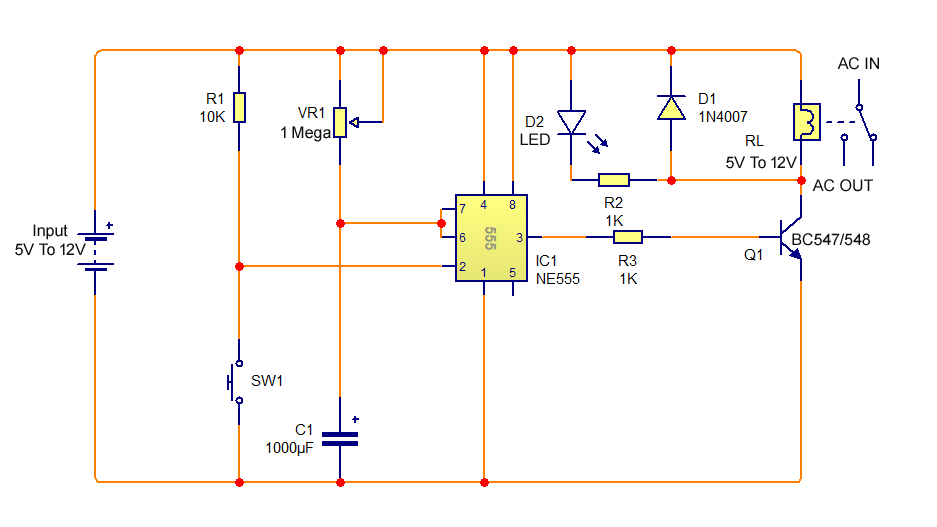
You can clock the data into the DAC anytime within that 100uS. If you don't need precision cancellation, if you can find an ADC that present the data of the sample after a few uS without a clock delay, you can actually clock at 10KHz, then you'll have the data for 100uS. If you run at 200KHz, you get even better result.

All the control and shift register can be done in one FPGA. Then you program to read out at a specific delay and what register to read from. You can get away with just like 5 latch to serve as shift registers to get 50uS delay. Bucket Brigade is one.Īctually for your frequency response, you need only an ADC to clock at 100KHz so you get 10uS per data. There is a lot of noise cancellation circuit around so you can study which one is better. In fact, I feel doing it in digital could be easier. Matching amplitude and phase is not as easy either. Meaning you have to delay the voice and add back to the original signal to cancel out. You need to provide the equal and opposite signal to neutralize the voice. I don't think you can kill off the whole range of frequency. Thanks for the advice guys, it's really proving quite helpful. I must admit that I'm a bit scared of trying to get into digital memory methods, given my lack of background. I'm planning to prototype my circuit after this first design phase, so we'll see if it works or not. I will probably be using 2x 15us delays, since that minimizes distortion.

I am canceling a point source, so I am trying to kill the whole frequency range, not just low frequencies as in noise canceling - I am certainly new to this, and indeed to circuit design in general. This is intended for human ears - in fact it is intended to cancel out the human voice, so it will operate mostly in the 100-15000 Hz region. The best way to get longer delays without compromising bandwidth is to cascade several filters. The all-pass filter (1-\tau s)/(1+ \tau s) has a phase of -2 \tan^.įor a 30 microsecond delay for example you'd choose the time constant \tau at about 15 microseconds and get reasonably linear phase up to about 12 kHz. If however the delay is small enough (as I think is your case) then the all-pass filter can provide approximately linear phase shift (time delay) over most of the audio band. I will work out and post the actual circuit parameters for the edification of anyone reading this thread.īe aware that an all-pass filter will delay different frequencies by different amounts. Well, I think I have finally discovered the solution in the form of an all-pass filter.


 0 kommentar(er)
0 kommentar(er)
